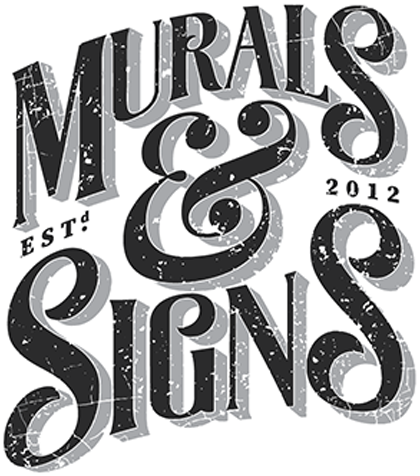As businesses increasingly recognize the value of mural artwork in enhancing their spaces and branding, the need for transparent pricing practices becomes paramount. Commercial mural artists who adopt clear and open pricing strategies not only build trust with their clients but also establish themselves as reliable partners in the creative process. This comprehensive guide explores the importance of transparent pricing practices for commercial mural artists and provides insights, tips, and practical advice on how to implement them effectively.
The Significance of Transparent Pricing
Transparency in pricing is a fundamental aspect of building strong client relationships and ensuring a successful collaboration. When commercial mural artists embrace transparent pricing practices, they create a foundation of trust and clear expectations that benefit both parties involved.
Clarity in Cost Breakdown
Itemized Quotes
Offer clients itemized quotes that break down the costs associated with the mural project. Include details such as materials, labor, transportation, and any additional fees. This breakdown helps clients understand the allocation of expenses and prevents confusion over the final cost.
Labor and Hourly Rates
Be upfront about your hourly rates for design, sketching, and actual mural painting. Clearly communicate the estimated number of hours required for each phase of the project. This transparency ensures that clients are aware of the time investment and can make informed decisions.
Material Costs
Specify the cost of materials required for the mural, including paint, brushes, scaffolding, and protective gear. If certain materials are premium or specialized, explain the reasons for their higher costs. This level of detail demonstrates your commitment to providing accurate pricing information.
Factors Influencing Pricing
Mural Size and Complexity
Transparently communicate how the size and complexity of the mural impact pricing. Larger and more intricate murals generally require more time and resources. By explaining this correlation, clients can better understand the rationale behind the pricing structure.
Surface and Location
Discuss how the type of surface (e.g., indoor wall, outdoor façade) and location (e.g., high-traffic area, private office) influence pricing. Different surfaces may require specialized preparation and materials, while prime locations may warrant higher rates due to increased visibility.
Design Customization
Address how design customization affects pricing. Intricate and detailed designs may involve more labor and time, leading to higher costs. Clearly communicate the trade-offs between design complexity and pricing to help clients make informed design choices.
Payment Structures
Initial Deposits
Explain the purpose and amount of any required initial deposits. Deposits secure the project’s slot in your schedule and cover initial design work or material procurement. Clearly communicating deposit terms prevents surprises and demonstrates professionalism.
Milestone Payments
Detail any milestone payments that will be required throughout the project’s duration. These payments are often tied to project phases, such as design approval, commencement of painting, and project completion. Clearly define the conditions that trigger each milestone payment.
Final Payment
Transparently outline the terms for the final payment upon project completion. This payment is typically made once the mural is finished to the client’s satisfaction and any touch-ups or adjustments are complete. Clarify any final documentation or deliverables included in this payment.
Additional Considerations
Additional Services
If you offer supplementary services such as mural maintenance, touch-ups, or future adjustments, clearly describe these services and their associated costs. Transparently communicating these options showcases your commitment to long-term client satisfaction.
Revisions and Changes
Address how revisions or changes to the mural design during the project will impact pricing. Outline a process for handling such requests, including how additional costs will be calculated. Transparently setting expectations for changes helps avoid misunderstandings.
Communication and Documentation
Written Agreements
Clearly state the importance of having a written agreement that outlines all pricing details. Emphasize that this agreement protects both parties and prevents disputes. Encourage clients to review the agreement thoroughly before signing.
Communication Channels
Provide clients with multiple channels for communication, such as email, phone, and in-person meetings. Encourage open dialogue for any questions or clarifications regarding pricing. A responsive and approachable attitude fosters trust.
Timely Updates
During the project, keep clients updated on any changes that may impact pricing, such as unforeseen challenges or design adjustments. Timely updates demonstrate your commitment to transparency and ensure that clients are well-informed.
Conclusion
Transparent pricing practices are an essential component of building strong relationships between commercial mural artists and their clients. By providing clear cost breakdowns, explaining factors influencing pricing, defining payment structures, considering additional services, and maintaining open communication, artists can establish themselves as trustworthy partners in the creative process. Ultimately, transparent pricing not only enhances client satisfaction but also contributes to the overall success and reputation of the artist’s work in the competitive world of commercial mural art.
Understanding industry standards for commercial mural pricing
